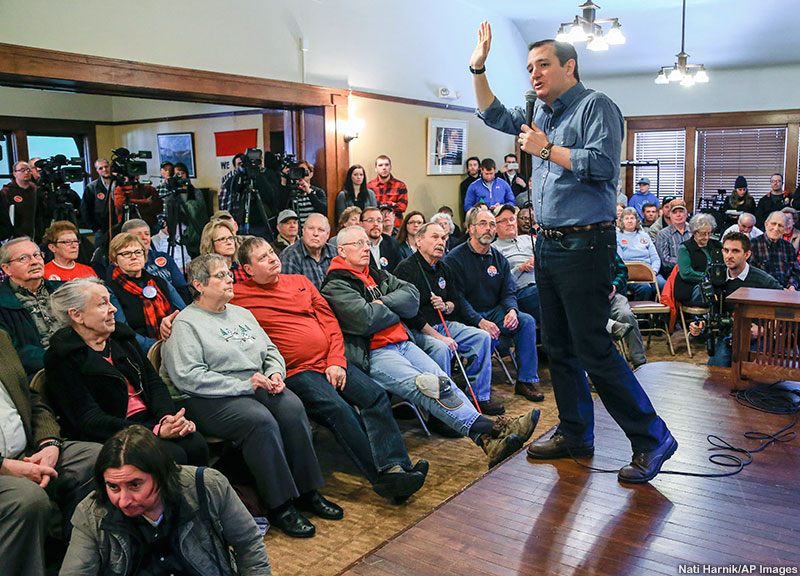
Entering 2016: Candidates Go All In (or out)
Just when you thought there couldn’t be any more media coverage of the U.S. presidential election, the volume is going to be turned up even higher as the nation enters 2016. (Yep, this is the year that the election actually takes place. But we have to make it to November!) To make sure you’re not left behind, here is an overview of the candidate’s status.
Who’s Dropped Out
Between September and the end of 2015, the Republican Party saw five contenders officially suspend their candidacies. They were, in order: Rick Perry, Scott Walker, Bobby Jindal, George Pataki and Lindsay Graham. (Jim Gilmore has not officially dropped out but he did fail to qualify for four out of the last five televised debates). The Democrats, who had five contenders competing for the party nomination, have lost two: Jim Webb and Lincoln Chaffe.
Who’s Still In
This leaves 14 candidates (11 Republican and 3 Democrat) left in the race. Here are the results of the latest poll, conducted by television network CNN and research company ORC between December 17 and 21:
Republican
- Donald Trump – 39%
- Ted Cruz – 18%
- Ben Carson – 10%
- Marco Rubio – 10%
- Chris Christie – 5%
- Rand Paul – 4%
- Jeb Bush – 3%
- Mike Huckabee – 2%
- John Kasich – 2%
- Carly Fiorina – 1%
- Rick Santorum – Less than 1%
Democrat
- Hilary Clinton – 50%
- Bernie Sanders – 34%
- Martin O’Malley – 3%
What’s Next
We are entering the season of state caucuses and primaries. While similar in their goal of narrowing a political party’s field to one ultimate nominee, these processes are conducted in different ways. During a caucus, voters show their support in public, while primary voting is conducted in private, much like a traditional election. There are two types of primaries—open or closed—as determined by each participating state. In an open primary, any registered voter can vote for any candidate. In a closed primary, voters may only pick a candidate from the party with which they are registered.
The Iowa Caucus begins February 1. It is significant because it is the first state to hold its caucus and, historically, the results tend to reflect how the rest of the country will vote. A “good showing” in Iowa sends a clear message to the Republican Party leaders as to who should win the party’s national nomination. The New Hampshire primary follows, on February 9. (The state of New Hampshire has a law that it maintain that distinction, mandating the secretary of state of NH to change the date if necessary, to ensure that it is held seven days before any other.)
Election Central will be tracking the winners of the primaries and caucuses with these two ongoing posts: the Republican Party Tracker is here and the Democratic Party Tracker is here.


